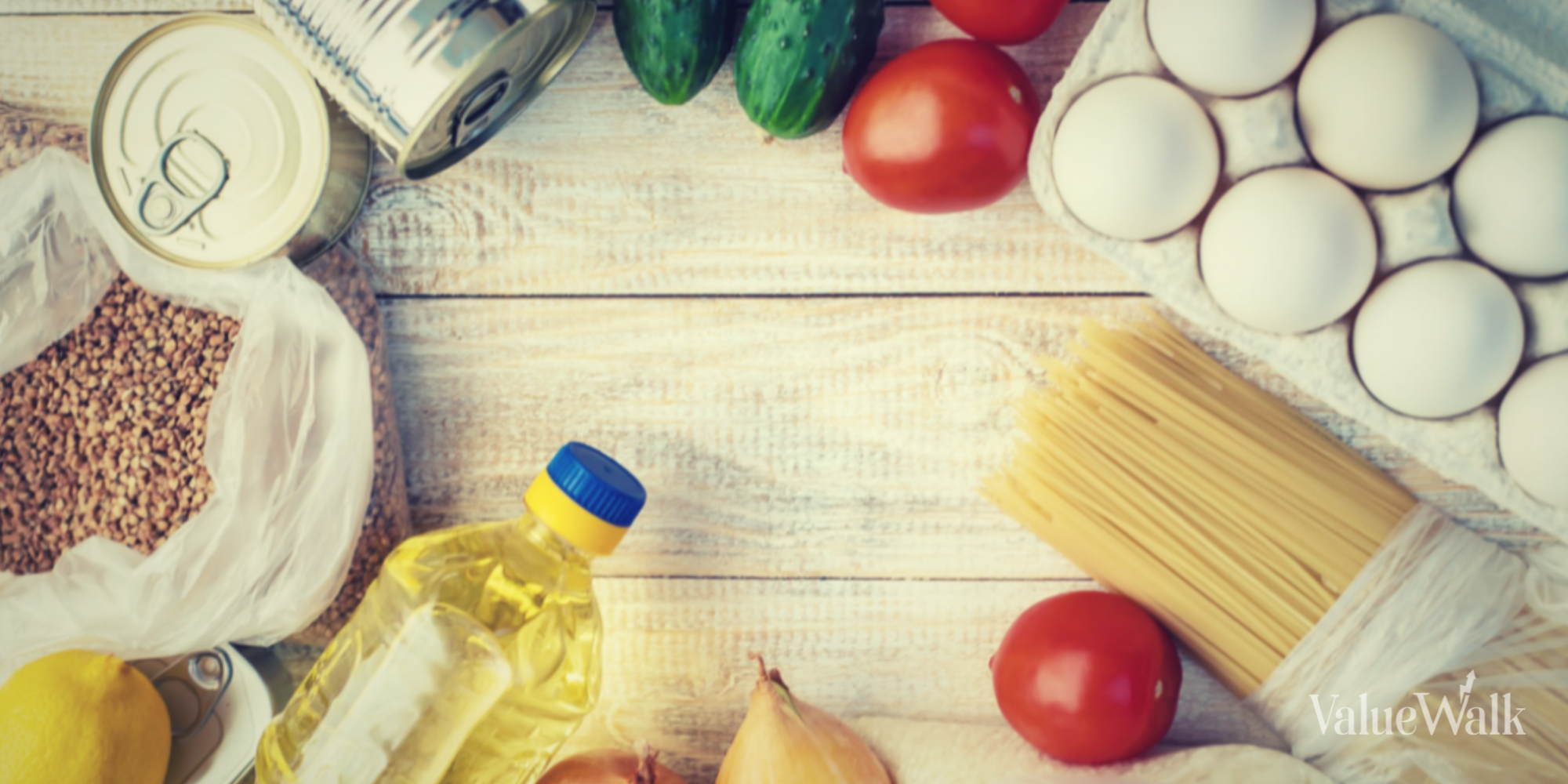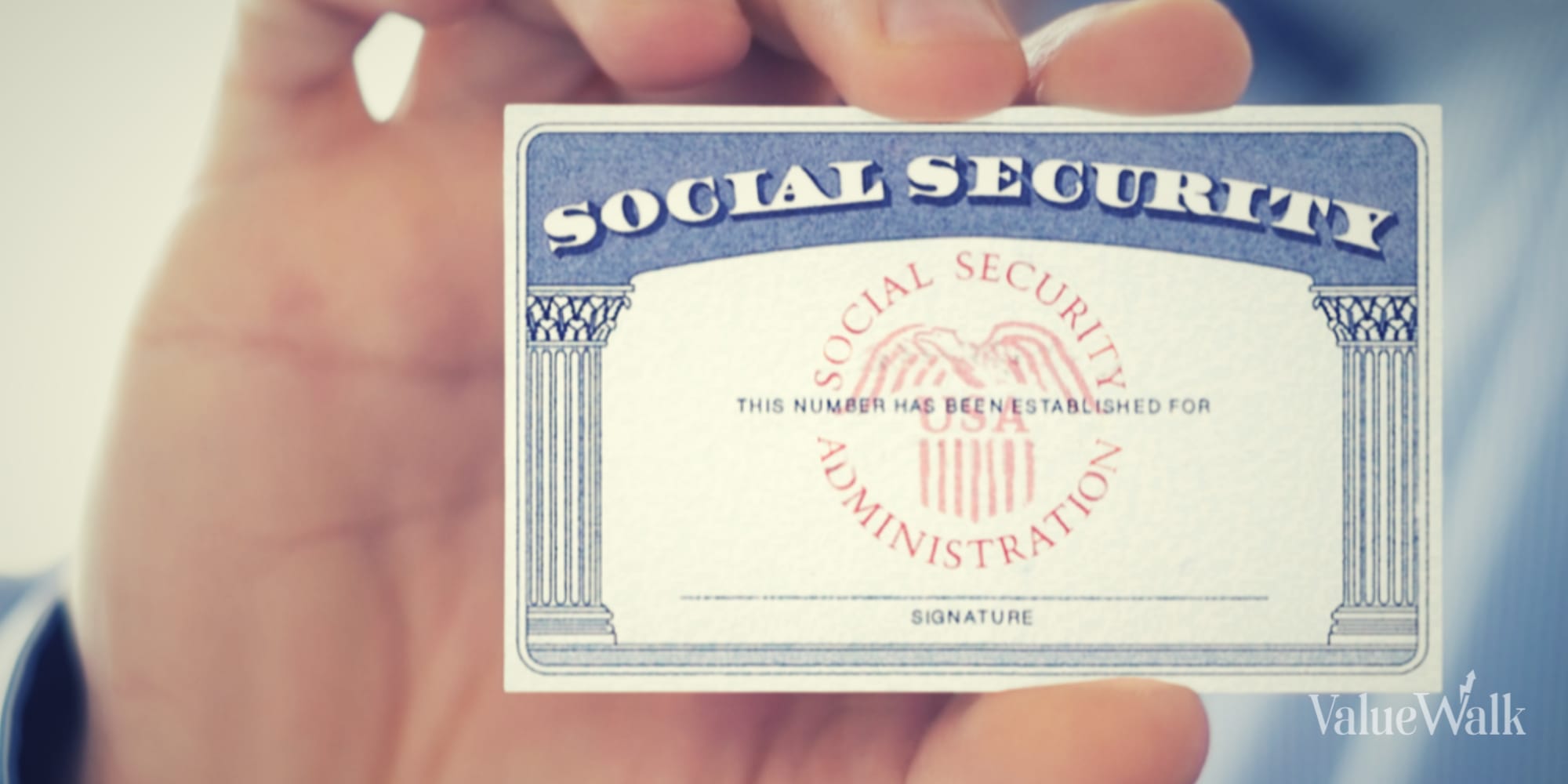The Social Security Administration (SSA) recently announced a new change for Supplemental Security Income, or SSI beneficiaries. This new change will have a positive impact on the monthly payouts for the SSI beneficiaries. Specifically, the change prevents informal food assistance from reducing payments to certain beneficiaries. Although the SSA announced the change last month, it will go into effect later this year. In this article, we will talk about how the SSA food assistance change impacts SSI beneficiaries.
SSI – what is it?
SSI or Supplemental Security Income is a federal assistance program that provides financial support to people with limited resources. Individuals need to meet certain eligibility requirements to qualify for SSI benefits.
SSI beneficiaries include adults and children with a disability or blindness and adults 65 years or above with limited income and resources. The SSI benefits mainly help beneficiaries cover the cost of basic resources, such as housing, food, medicine, and clothing.
About 7.4 million Americans currently receive SSI payments, according to the February data from SSA. The SSA calculates the SSI benefits under a rule called “In-Kind Support and Maintenance (ISM).” The current rule considers food, shelter, or both as unearned income.
What’s the change?
Currently, support in the form of food, shelter, or both is counted as unearned income for SSI beneficiaries and thus, it reduces their monthly payouts or impacts their eligibility for benefits.
Recently, the SSA announced a new rule that aims to eliminate barriers, as well as boost the monthly payouts for people who receive certain government benefits. The SSA will no longer count food assistance when calculating a beneficiaries’ eligibility for SSI monthly payments.
“The new policy removes a critical barrier for SSI eligibility due to an applicant’s or recipient’s receipt of informal food assistance from friends, family, and community networks of support,” the SSA says.
So, starting September 30, the SSA won’t consider food for calculating the eligibility for benefits.
How the SSA food assistance change impacts SSI beneficiaries
Under the current rules, the SSA reduces the SSI payments by a certain amount if a beneficiary (or couple) is living in another person’s home and getting food and shelter support from that person. The support, in this case, means assistance in the form of food, shelter or both that is either given or paid for by someone else.
So, when an SSI beneficiary receives food, shelter or both, it is considered in-kind support and maintenance (ISM). For example, if an SSI recipient lives with their father and doesn’t pay the rent, it would be considered as ISM by the SSA to calculate the monthly payout.
In 2024, the maximum federal SSI is $943 for individuals, $1,415 for couples and $472 for essential persons (those who live with an SSI beneficiary and provide care). A beneficiary needs to earn below $1,971 monthly to qualify for SSI.
Also, the beneficiary must have less than $2,000 in resources per individual (less than $3,000 per couple). The resources here mean money or other assets that can be easily turned into cash, such as property, shares, bank account balances and more.
Talking about how the SSA food assistance change impacts SSI beneficiaries, the beneficiaries now won’t have to worry about groceries or meals they receive from family or friends, reducing their monthly benefits.
Another likely impact of the new rule is that it could reduce overpayments or underpayments of benefits and monthly variability in payments. This eventually means more financial security for beneficiaries.
Moreover, the new change will help SSI beneficiaries to offset the impact of high food prices as inflation continues to push grocery bills up for Americans. Also, applicants and recipients will now have less information to report to the SSA, thereby saving time and giving peace of mind to beneficiaries.
This new change is beneficial for the SSA as well. Now, the SSA won’t have to waste its limited resources to document each time a beneficiary receives a food item and then adjust their monthly benefit accordingly.
It must be noted that though the SSA has eliminated food expenses from ISM calculations, it will still ask beneficiaries about food. The purpose is to determine which rule – the One-Third Reduction (VTR) rule or the Presumed Maximum Value (PMV) rule – to be used for calculating the SSI payments.
For instance, if an SSI applicant lives with another person, the SSA will ask the applicant if the person provides for all their food. If the answer is no, the SSA will follow the PMV rule to value the shelter.
The SSA uses the VTR rule when the recipient lives with another person and that person also provides the recipient with all means. On the other hand, if a recipient receives ISM and the VTR rule doesn’t apply, the SSA then uses PMV. If PMV is used, the SSA reduces the SSI benefit by the actual ISM amount or 1/3 of the SSI benefit.
Final Words
The change to the ISM calculations is undoubtedly a positive one for the beneficiaries. It is expected to have broad implications as the SSA previously said it reduced the benefits of 793,000 recipients as of January 2022 because they received food or shelter assistance.
This change not only reflects the SSA’s intent to simplify the SSI benefits process but emphasizes the SSA’s dedication to better its service delivery and the overall well-being of the beneficiaries as well.
Moreover, this rule change is just one of the several changes that the SSA said it is currently working on, with all aimed at helping people to receive and apply for the benefits easily.





